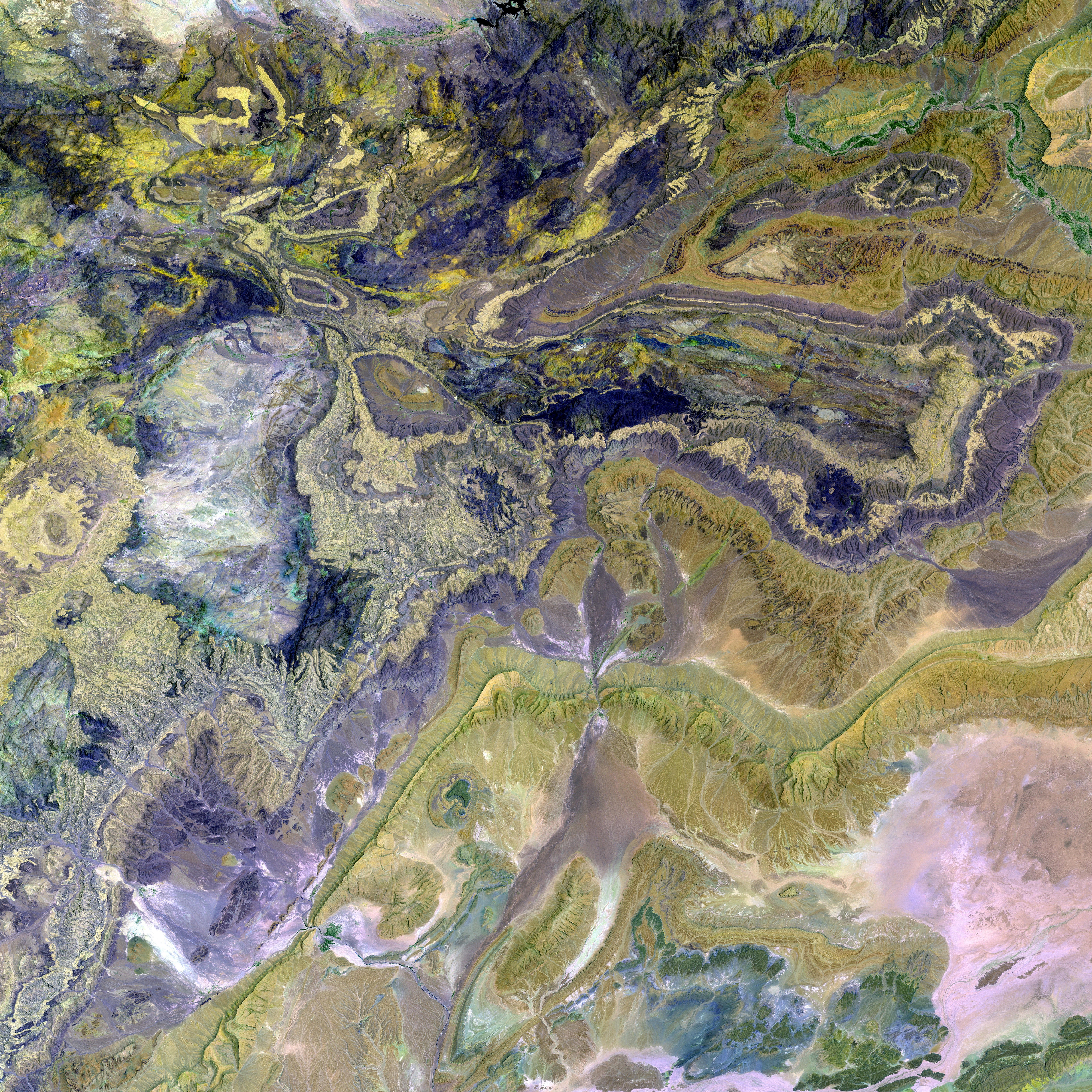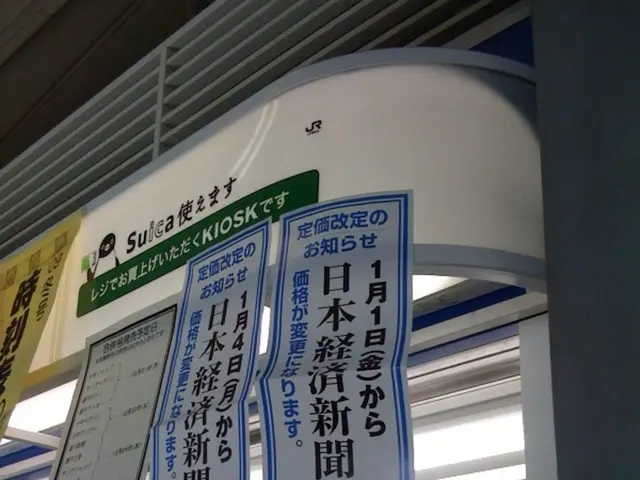Coal revival seeks support from Trump in Arizona, aiming to avoid regional neglect
An Uncensored Gaze into the Changing Landscape of Coal-Fired Power Plants
Joseph City, AZ - 88-year-old Brantley Baird, a history buff and local citizen, is no stranger to tales of yesteryears. From his great-grandmother's role in settling Snowflake before Arizona became a state to riding horses to school, Baird's family has been a part of the rural community's history. Their saga intertwines with the emergence, dominance, and now the twilight of the coal-fired power plants that reshaped the region.
The Cholla Power Plant, situated just down the road from Baird's museum, was once the heart of local economy, supplying jobs and revenues. But, as Baird puts it, "Change is in the air." Cholla shut down in March 2025, joining a growing list of U.S. coal-fired power plants retiring due to stringent environmental regulations. The mandates, aimed at curbing greenhouse gas emissions, have been a major blitz on coal-powered utilities, tagged as key culprits in global warming.
Last year, however, President Trump iterated new executive orders aimed at resuscitating "beautiful, clean coal" and pushing it back to the forefront of U.S. energy supplies. Trump urged his administration to find ways to reopen Cholla and delay planned retirements of other plants. As part of his push for energy independence, he pledged to tap domestic resources, including coal, to fuel the burgeoning artificial intelligence (AI) sector.
In the Western frontier, reality often clashes with the dreams of distant politicians. Baird and his neighbors were hopeful when Trump spotlighted Cholla, but there's a whiff of skepticism about the utilities' intentions. "As many jobs as it gives people, as much help our school district gets out of there, we're hoping that it will come back too," said Baird, a former Cholla employee and school board member. Yet, he and others wonder if it's too late for coal.
Just weeks before Trump announced his plans, the U.S. Energy Information Administration forecasted a 65% increase in retirements of coal-fired generation in 2025 compared to the previous year. The largest plant on the list, the 1,800-megawatt Intermountain Power Project in Utah, is being replaced by a plant capable of burning natural gas and hydrogen. Utilities are ambiguous about Trump's orders leading them back to coal.
Utilities in Arizona Legislature warned that the economic aftermath of the 2019 closure of Navajo Generating Station is still reverberating. In New Mexico, the San Juan Generating Station closed operations in 2022.
Caught amidst these turmoil are communities that revolve around a power plant, like Joseph City and Springerville. They prepare to navigate significant job losses, dips in tax revenues, and declining school enrollments. options are scarce in Apache and Navajo counties - two of Arizona's poorest counties.
Utility executives told Arizona regulators that reopening Cholla would be costly for customers and that they plan to invest in renewable energy. The Cholla plant's infrastructure will be preserved as a potential site for future nuclear or gas-fired power generation. The Springerville Generating Station could be repurposed once the last units retire in 2032.
The nearby Coronado Generating Station also plans to transition to natural gas.
In Springerville, an idea of building a wind farm with towering turbines provokes outrage. Residents fear it would mar their surrounding grasslands and ancient volcanic fields. They cling to the hope that repurposing the Springerville coal plant would mean more jobs and preserve the landscape.
In essence, coal-fired plants in the region face the prospect of closure and transformation, as environmental regulations, economic pressure, and the shift toward renewable energy drive the narrative. The Cholla Power Plant's closure is a microcosm of this broader trend, with plans for repurposing the site for alternative power generation.
Article Enrichment Data- President Donald Trump executive orders re. coal: Recognizing the importance of the coal industry to jobs and economic growth, President Trump signed executive orders in 2020 aimed at restoring "beautiful, clean coal" to the forefront of U.S. energy supplies. The orders were intended to review existing regulations and streamline the permitting process for coal mining and power plants.- Environmental regulations on coal-fired power plants: Environmental regulations, such as the Clean Air Act and the Clean Water Act, require fossil fuel power plants, including coal-fired plants, to install costly pollution control equipment. These measures aim to reduce greenhouse gas emissions and protect public health.- Shift towards renewable energy: The transition to renewable energy sources, such as solar and wind power, is motivated by growing concerns about global warming, air pollution, and national energy independence. As the cost of renewables decreases, they are becoming increasingly competitive with fossil fuels.- Artificial Intelligence (AI) and power demands: AI, with its growing applications in various sectors, requires large amounts of electricity. This trend could potentially create new demands for energy and incentivize utilities to invest in reliable, efficient power sources.- Impact of Trump's executive orders on coal plants: While President Trump's executive orders aimed at supporting the coal industry may have symbolic significance, utilities have emphasized the economic and regulatory hurdles that make reopening coal plants impractical. Diversifying energy sources to include renewables is seen as a necessity as power demand is predicted to increase in the coming years.
- The Cholla Power Plant, like many other coal-fired power plants, has shut down due to stringent environmental regulations aimed at curbing greenhouse gas emissions and tagging coal-powered utilities as key culprits in global warming.
- The closure of coal-fired power plants, such as the Cholla Power Plant and the Navajo Generating Station, has significant implications for the local economies of cities like Joseph City and Springerville, leading to job losses, dips in tax revenues, and declining school enrollments.
- Despite President Trump's executive orders aimed at resuscitating the coal industry, utilities in Arizona are ambiguous about returning to coal, with plans to invest in renewable energy instead.
- In an effort to empower the artificial intelligence (AI) sector, President Trump wishes to tap domestic resources, including coal, to fuel its growth. However, this ambition may face challenges in light of the economic and regulatory hurdles that make reopening coal plants impractical.
- The shift towards renewable energy, like wind power, is met with resistance in some communities, such as Springerville, where residents fear it would mar their surrounding landscapes. Instead, they hope to repurpose existing coal plants like the Springerville Generating Station for alternative power generation that could provide more jobs and preserve the landscape.









